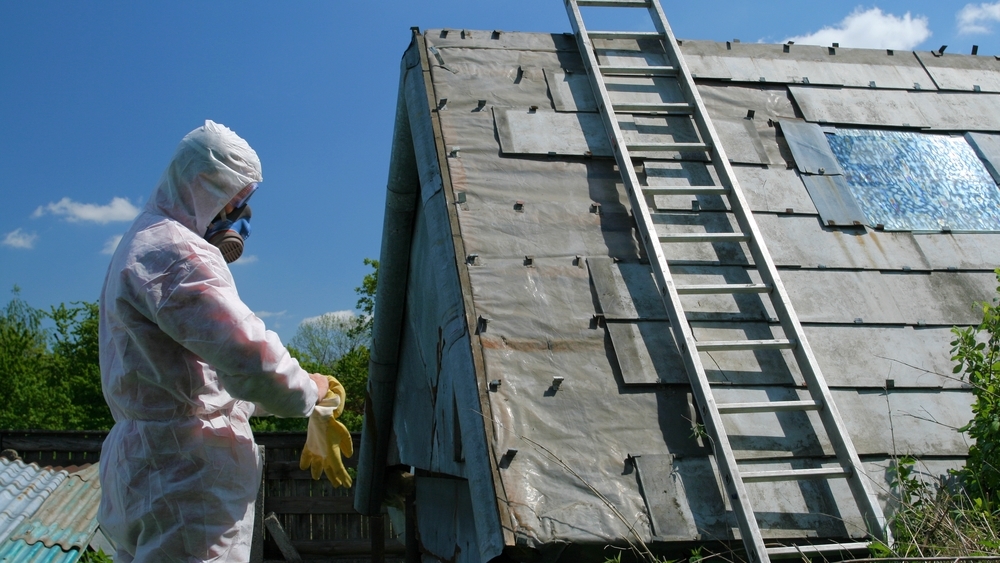If you buy a home built before 1978, there’s a possibility asbestos may lurk in the building materials. Houses built from the 1800s through the early 1950s used asbestos extensively before the material was phased out. Should you be concerned?
What is it and why is it dangerous? Asbestos is a naturally occurring mineral that has been used for thousands of years because of its fire retardant and insulating properties. The primary health hazard comes from friable asbestos fibers that are broken and become airborne when materials are disturbed such as in the demolition phase of a remodeling job. The fibers are easily breathed in and can cause severe damage to the lungs.
Is it in your home? Old wall insulation, plaster, pipe insulation, plus floor and ceiling tiles, may have asbestos. You cannot tell by visual inspection if asbestos is present. Identifying asbestos is best left to experts from local government health departments and professional asbestos removal personnel. They use magnifying devices to closely examine the material for asbestos fibers.
Is the presence of asbestos a deal killer? As deadly as asbestos fibers are, they are powerless as long as they are left undisturbed. If asbestos is in your wallboard, ceilings or sprayed on pipes in the basement, it only poses a threat to health if it is somehow disturbed and becomes friable, sending asbestos fibers airborne where they can be inhaled.
If you intend to remodel, do a little research first. By going online you can find lists of materials used from the time period the house was built that may contain asbestos. Contact local health department officials and ask them to test for it.
If inspectors find asbestos, it’s time to hire a professional team to do the job. This is not a DIY project. Your health is on the line, plus you most likely will have to supply certification of professional asbestos “abatement” or removal as part of the building permitting process with your local government. Asbestos is not the stuff of nightmares. It just needs to be handled with care to ensure a safe outcome.
In some instances, a better option than removal may be encapsulation, or sealing in place, since there is no danger of exposing the fiber. It also is a less costly process.


